This map was created using GPS Visualizer's do-it-yourself geographic utilities.
Please wait while the map data loads...
Date: 19/04/2015
From: Bowness
Parking: Bowness Knott
Start Point: Bowness
Region: Western Fells
Route length: 17.7 miles (28.5 km)
Time taken: 08:20
Average speed: 2.1 mph
Ascent: 2,148m
Descent: 2,165m
Wainwrights on this walk:
Great Borne (616m), Starling Dodd (633m), Red Pike (755m), High Stile (807m), High Crag (744m), Pillar (892m), Scoat Fell (841m), Steeple (819m), Haycock (797m), Caw Fell (697m)
Other Summits: Little Dodd (590m), High Stile North Top (807m), Looking Stead (627m), Black Crag (828m), Little Gowder Crag (733m)
Other points of interest: Chapel Crags, Comb Crags, Gamlin End, Scarth Gap Pass, Black Sail, High Level Route, Pillar Cove, Robinson's Cairn, Pillar Rock, Wind Gap,
Having seen a similar walk on the excellent Striding Edge, I'd been itching (figuratively rather than literally) to get a long Lakeland day beneath my boots now that the days are a bit more accommodating. This walk would take in some of the highlights of Ennerdale which, at around 7 miles long, makes it a bit of a challenge to complete a typical 'horseshoe' type walk without a camp halfway. The only other way for a mere mortal like myself to see the delights of both the High Stile ridge and the Pillar ridge (while including the seemingly insurmountable Pillar Rock) was to add in a descent to Black Sail and a climb up the Black Sail Pass and subsequently Pillar itself, a rigorous demand.
Ennerdale Water is the Lake District's most westerly waterbody and the valley that bears its name remains largely untouched from development (though this didn't stop the war-era planting of conifers which are, gladly, now starting to be replaced thanks to the Wild Ennerdale project). It retains a remoteness that is difficult to equal in the Lakes, the depths of Eskdale is perhaps its only rival.
I was up early on Sunday morning, abandoning the cosiness of the bed in favour of a three-hour drive up and around to Ennerdale, arriving at the large car park at Bowness Knott just before 8.15 having made good time up the A1 - no one is around at 6 in the morning. After packing more water and food than clothing, I set off up the road around the base of Bowness Knott to Rake Beck, beginning the first climb of the day. The path rises towards Brown Howe, meeting what appears to be a shelter cairn or sheepfold but is, in fact, an old fox-trap, using the classic and well-established design of easy to enter, difficult to escape. It's easy to imagine what Fox's fate would have been, I can't think that Lakeland shepherds are all that forgiving.
 |
| Herdus presents the first challenge of the day |
 |
| The path leads up the side of the fell following Rake Beck |
 |
| View towards Ennerdale Bridge |
 |
| Brown Howe with Bowness Knott and Crag Fell beyond |
 |
| Looking up the path to Rake Beck |
 |
| Haycock across the valley - the afternoon's descent is down the long sweeping ridge in the centre |
 |
| The fox trap |
 |
| The ravine containing Rake Beck |
 |
| Looking down the top of the waterfall on Rake Beck |
 |
| Bowness Knott and Crag Fell |
 |
| The summit of Great Borne |
 |
| The route between Great Borne and Starling Dodd |
 |
| Climbing Starling Dodd |
 |
| Looking back to Great Borne |
 |
| The two cairns on Starling Dodd |
 |
| Haycock over Lingmell |
 |
| A panorama of Ennerdale containing Great Gable, Pillar, Scoat Fell, Steeple, Haycock and Caw Fell |
 |
| Looking towards Red Pike |
 |
| Pillar |
 |
| Looking down Lingcomb Edge to Mellbreak |
 |
| Red Pike's summit cairn and shelter |
 |
| Robinson above Buttermere |
 |
| Looking along Chapel Crags to High Stile |
 |
| Panorama above Chapel Crags showing Red Pike, The Saddle, Dodd and a distant Grasmoor |
 |
| Dodd and Bleaberry Tarn from the gully adjacent to Chapel Crags |
 |
| Red Pike from High Stile |
 |
| High Stile summit looking south-west |
 |
| Fleetwith Pike and High Crag from High Stile |
 |
| Looking along Comb Crags |
 |
| The ridge of Comb Crags |
 |
| Eagle Crag and Grey Crag on High Stile |
 |
| Pillar and Pillar Rock |
 |
| The Ennerdale Fence |
 |
| Crossing Comb Crags |
 |
| A close-up of Pillar Rock. The Shamrock Traverse crosses the slanted rock to the left |
 |
| Ennerdale |
 |
| High Stile |
 |
| Buttermere and Crummock Water overlooked by Grasmoor |
 |
| High Crag summit |
 |
| Fleetwith Pike over Wharnscale Bottom |
 |
| Gamlin End |
 |
| Hay Stacks |
 |
| Scarth Gap Pass summit |
 |
| Buttermere panorama from Scarth Gap |
 |
| Too right |
 |
| The lonely Black Sail Hut |
 |
| Green Gable and Great Gable at the head of Ennerdale |
 |
| The River Liza in Ennerdale |
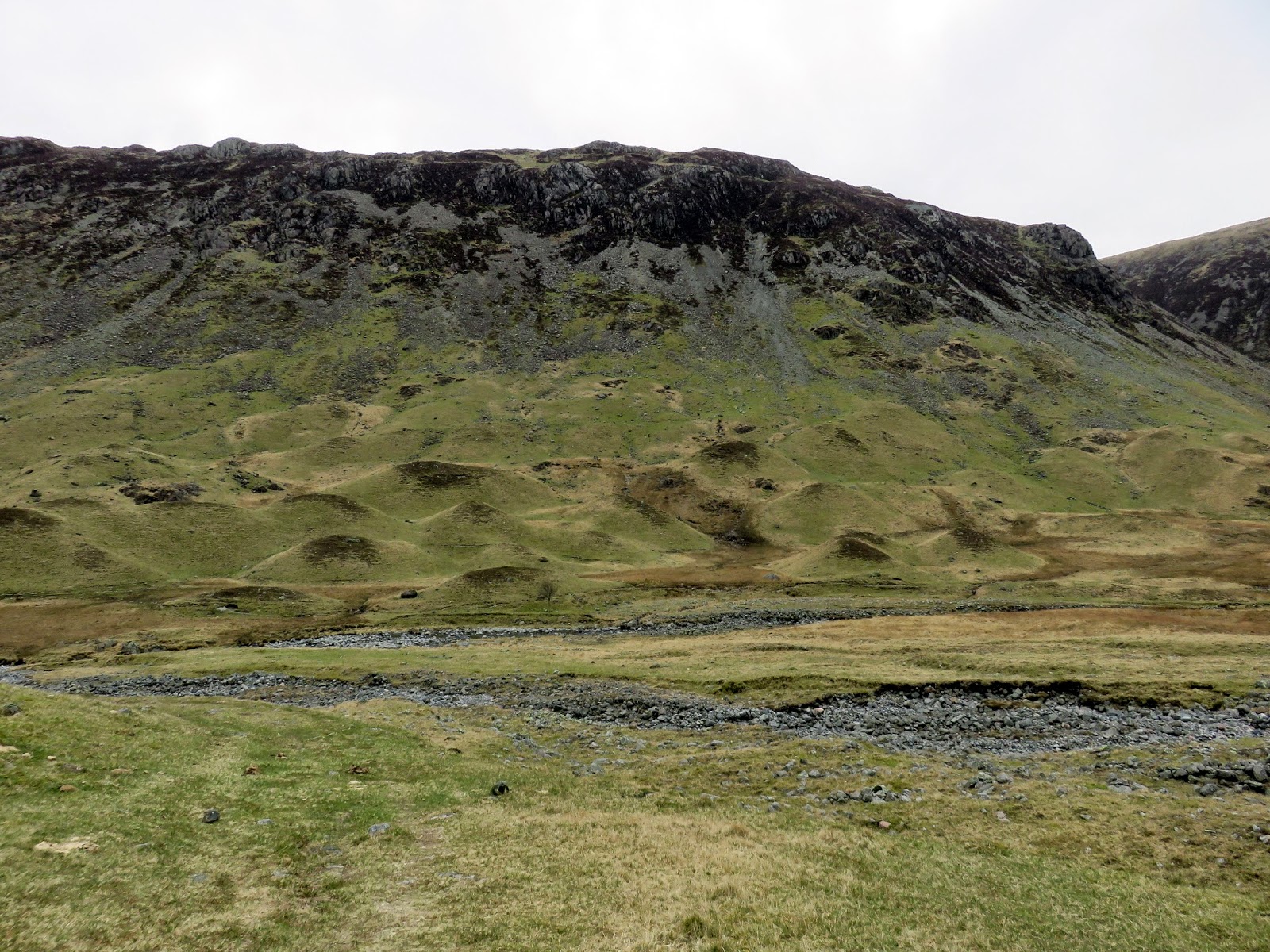 |
| Drumlins below Hay Stacks |
 |
| Looking up the Black Sail Pass |
 |
| Sail Beck beneath Kirkfell Crags |
 |
| Kirkfell Crags and a gate for the purists |
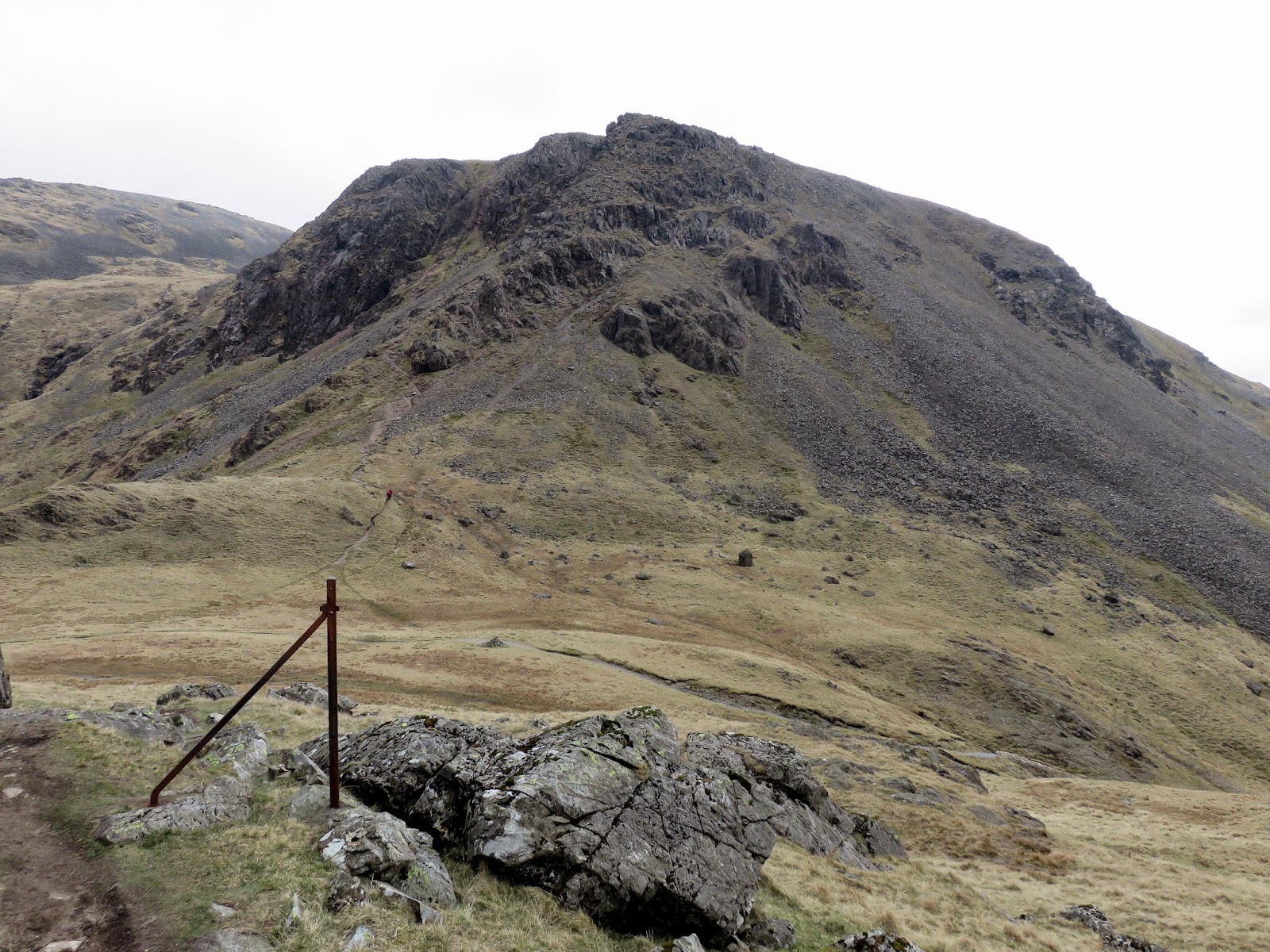 |
| Kirk Fell over Black Sail Pass |
 |
| A small tarn near Looking Stead |
 |
| Looking back down the ridge leading to Kirk Fell |
 |
| Looking Stead's summit with the slopes of Pillar beyond |
 |
| Yewbarrow and the mighty screes of Dore Head |
 |
| The High Level Route beckons |
 |
| Looking into Ennerdale over Green Cove |
 |
| The High Level Route can clearly be seen here |
 |
| The High Level Route |
 |
| Ennerdale far below |
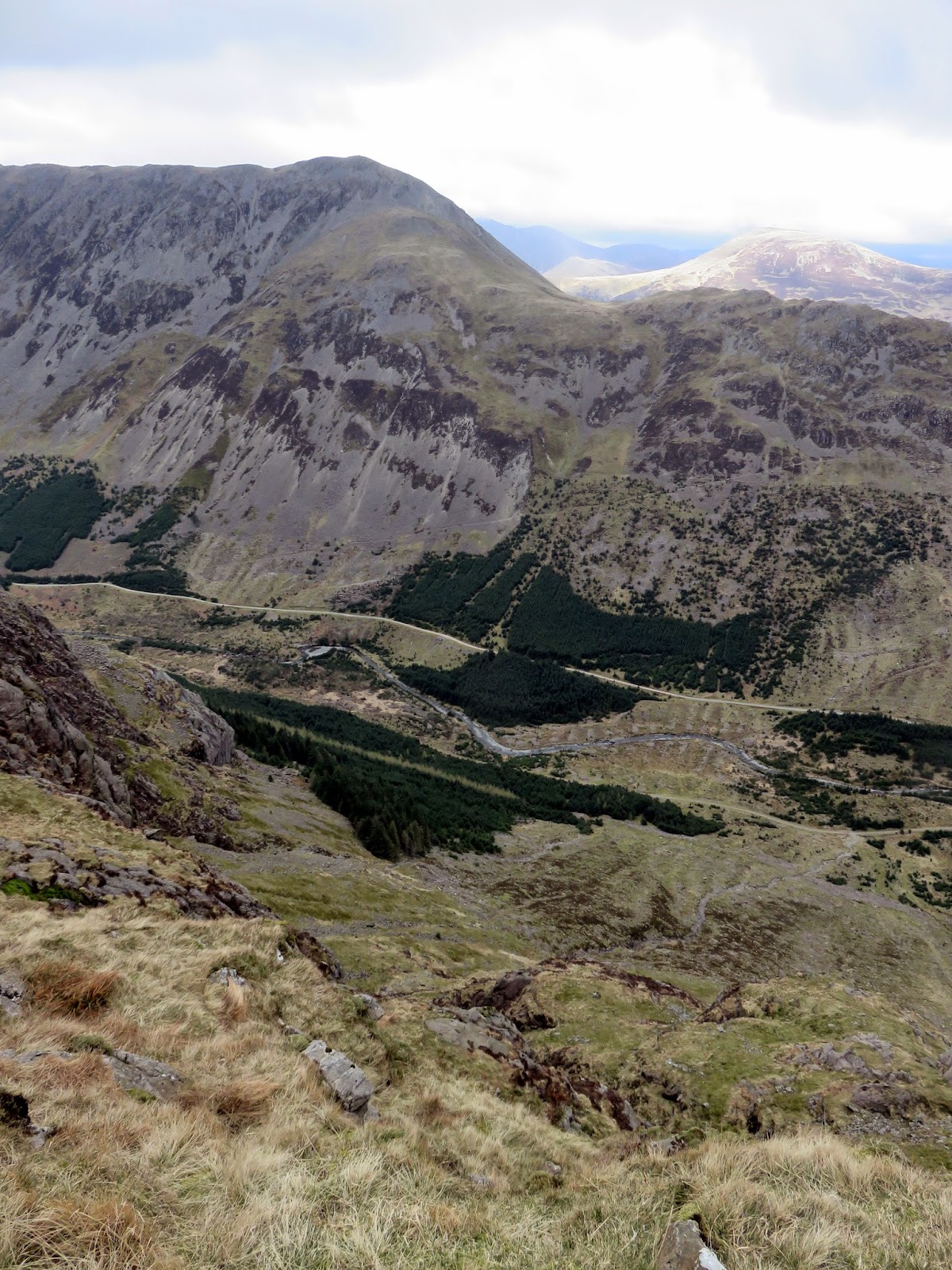 |
| Ennerdale from Hind Cove |
 |
| The crags above Hind Cove |
 |
| Hind Cove where the High Level Route becomes less exposed |
 |
| Approaching Robinson's Cairn |
 |
| Robinson's Cairn |
 |
| The memorial to John Wilson Robinson |
 |
| Robinson's Cairn and Pillar Rock |
 |
| The full scale of Pillar Rock |
 |
| The Shamrock and Pillar Rock |
 |
| The Shamrock Traverse |
 |
| Looking back to Robinson's Cairn |
 |
| Pillar Rock from Pillar Cove |
 |
| The Shamrock Traverse |
 |
| The Shamrock Traverse |
 |
| Looking back down the Shamrock Traverse |
 |
| Pisgah and High Man make up the top of Pillar Rock |
 |
| The path carries on up the tilted shelf |
 |
| Pillar Rock from the top of the Shamrock Traverse |
 |
| The final climb up onto Pillar |
 |
| The Scafells come into view |
 |
| Pillar summit |
 |
| Black Crag, Scoat Fell and Steeple from Pillar |
 |
| Steeple - too good to miss |
 |
| The other Red Pike |
 |
| Black Crags form part of Scoat Fell |
 |
| Wind Gap |
 |
| Mosedale from Wind Gap with the Scafells beyond |
 |
| Black Crag summit |
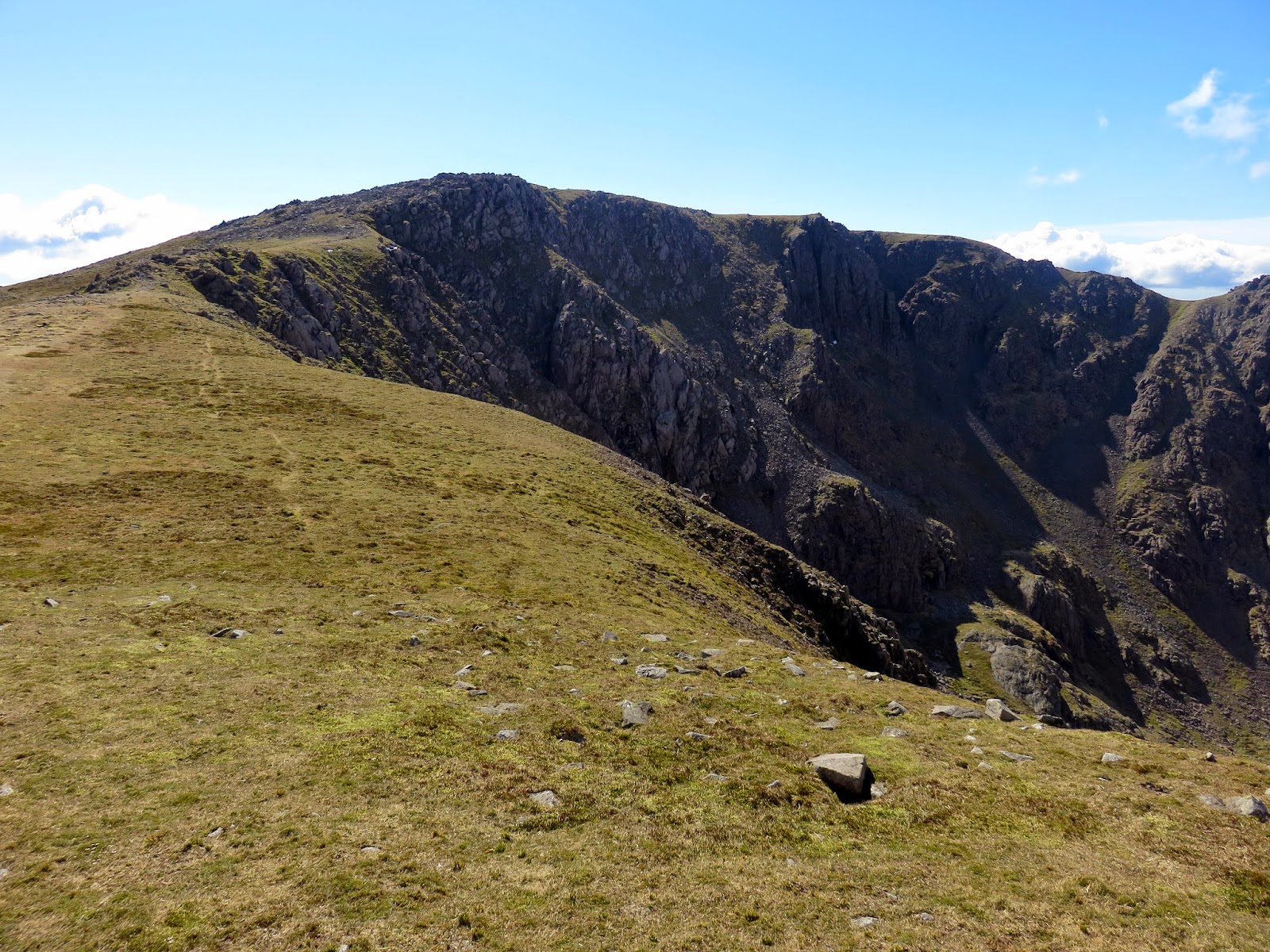 |
| Scoat Fell from Black Crag |
 |
| Lingmell and Scafell Pike |
 |
| Steeple |
 |
| Steeple and Mirk Cove |
 |
| The summit of Scoat Fell |
 |
| Steeple from Scoat Fell |
 |
| Approaching Steeple |
 |
| Looking back to Scoat Fell from Steeple |
 |
| Ennerdale as seen from Steeple |
 |
| Scoat Fell |
 |
| The summit of Steeple with Pillar and Scoat Fell making up the view |
 |
| Haycock |
 |
| Scoat Fell seen from the climb up Haycock |
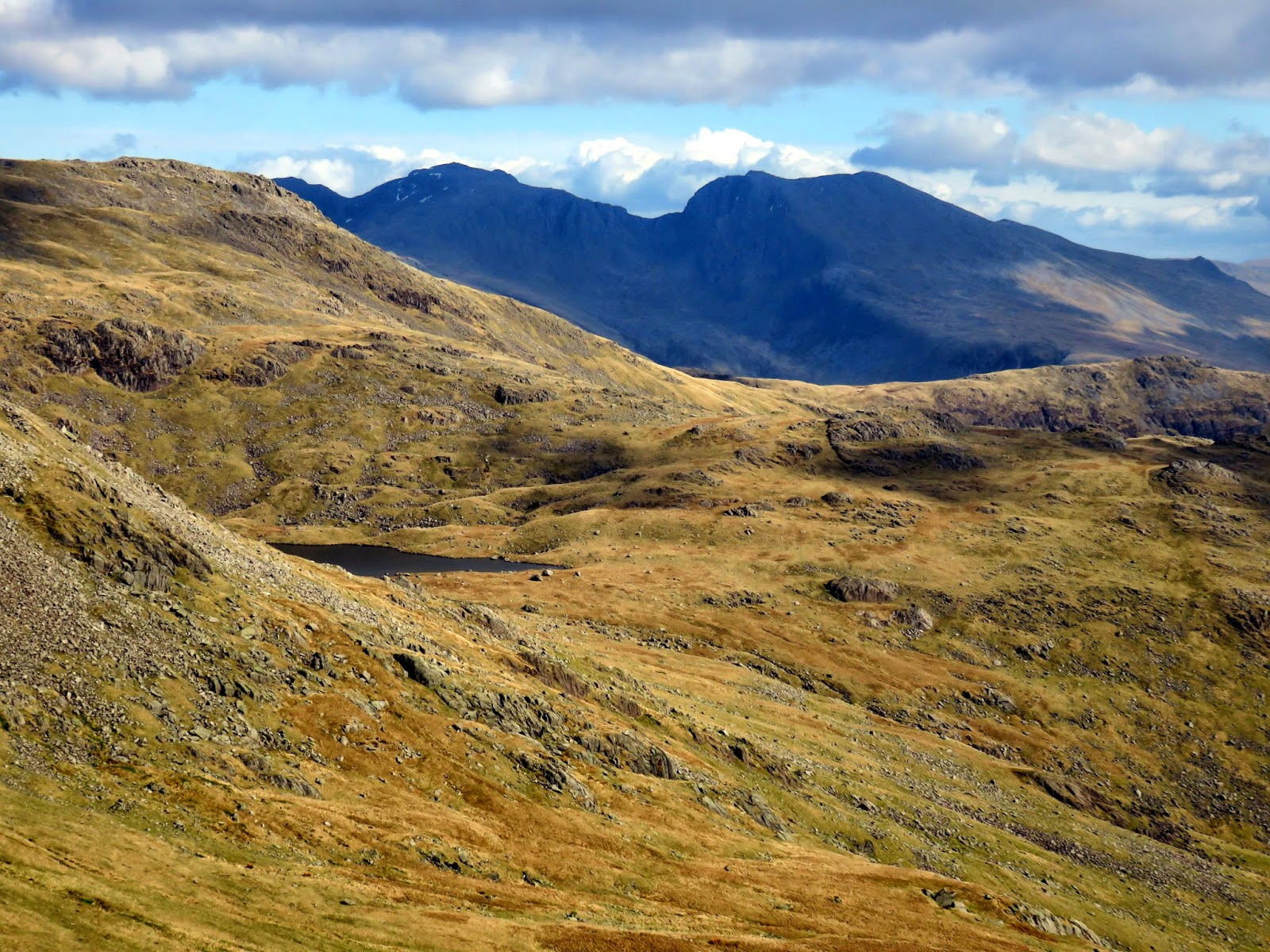 |
| Dark Scafells over Low Tarn and Gosforth Crag |
 |
| Summit of Haycock |
 |
| The Irish Sea |
 |
| Seatallan seen from Haycock |
 |
| Following the Ennerdale Fence to Little Gowder Crag |
 |
| Haycock from Little Gowder Crag |
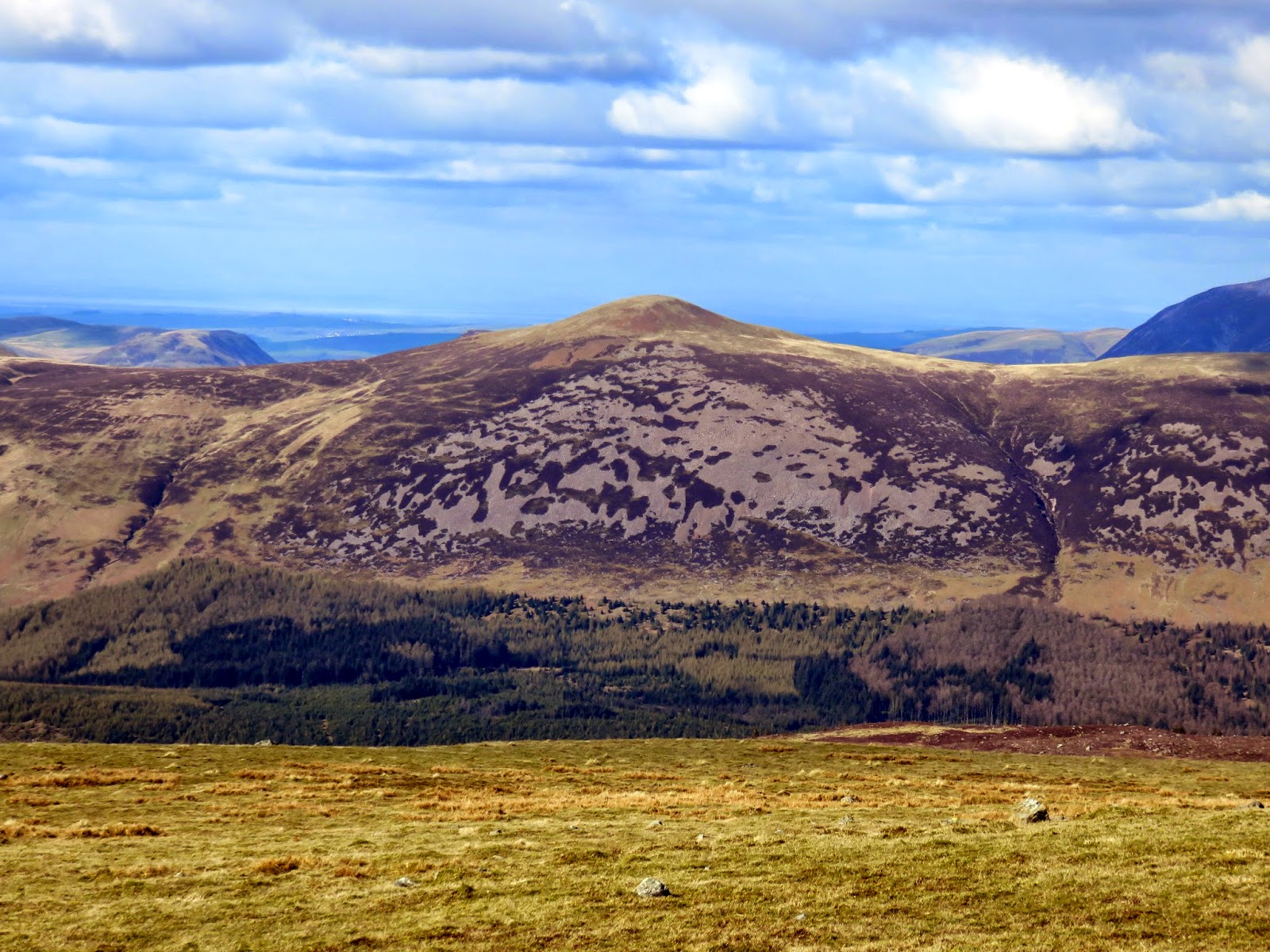 |
| The fine symmetrical profile of Starling Dodd |
 |
| Heading up Caw Fell |
 |
| Haycock seen from Caw Fell |
 |
| The summit of Caw Fell |
 |
| On Caw Fell, the final summit of the day |
 |
| Silver Cove and the ridge leading back to Ennerdale - a way to go yet |
 |
| Ennerdale from the unnamed ridge |
 |
| Ennerdale |
 |
| Silver Cove and Caw Fell |
 |
| Ennerdale |
 |
| Silvercove Beck |
 |
| Lingmell Plantation |
 |
| The wooded slopes of Starling Dodd |
 |
| Woodland in Ennerdale |
 |
| Pillar dominates Ennerdale |
 |
| The near-pristine River Liza |
 |
| Haycock |
 |
| The silhouette of Crag Fell |

No comments :
Post a Comment